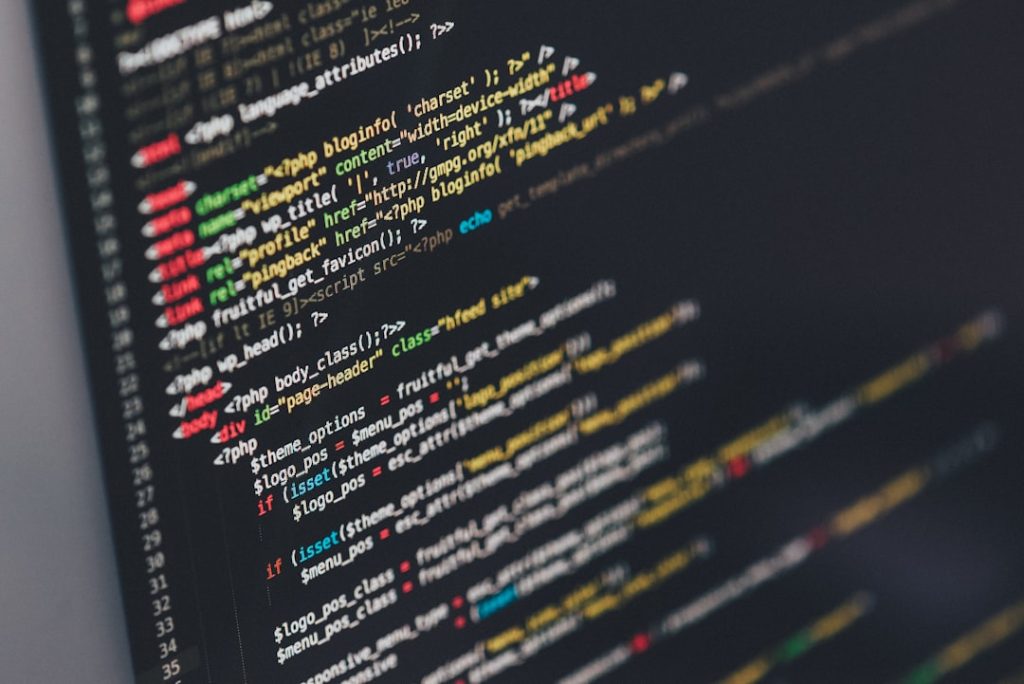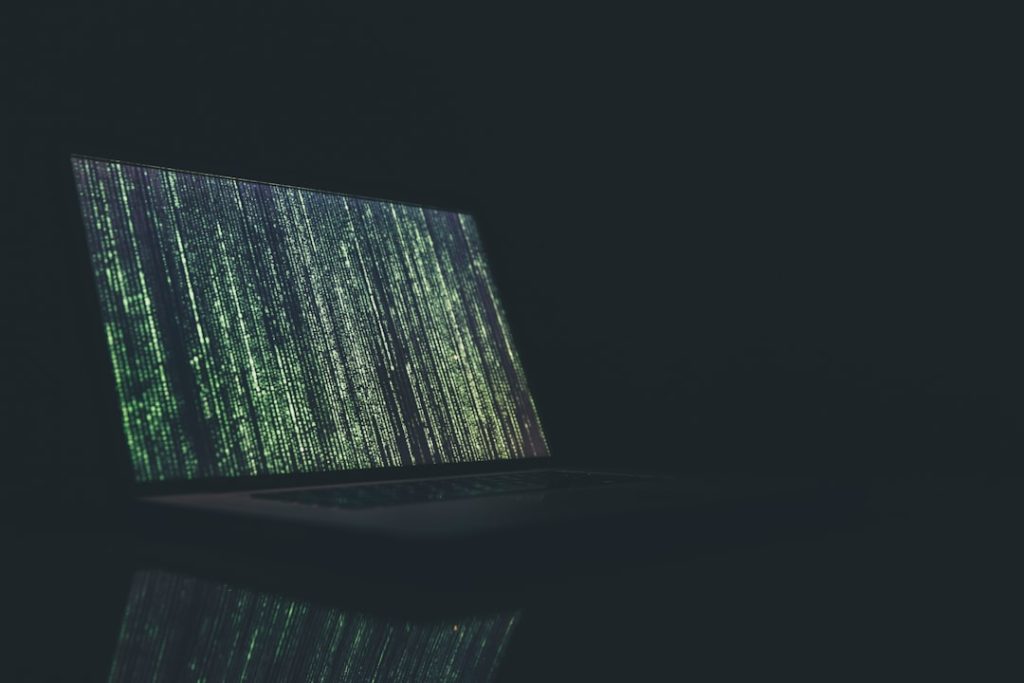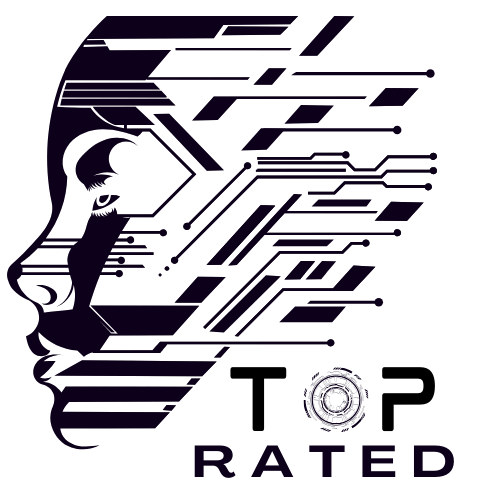Technology evolves at a rapid pace, and with this constant innovation comes the inevitable issue of technology obsolescence. But what exactly does this mean, and how does it affect various sectors? In this comprehensive guide, we will explore the ethical considerations, economic consequences, and the lifecycle management of technology. We’ll also touch on industry-specific challenges, security risks, and more.
Defining Obsolescence
Technology obsolescence occurs when a technology, product, or service is no longer used or supported, often due to the introduction of newer alternatives. The causes can be varied, from advancements in technology to changes in market demand.
Types of Obsolescence
There are several types of obsolescence to consider:
- Functional Obsolescence: When a product no longer functions as needed due to new innovations. For example, older smartphones may not support the latest apps or operating systems.
- Technical Obsolescence: When newer technology renders older versions obsolete. A common instance is the shift from mechanical hard drives to faster, more reliable solid-state drives.
- Planned Obsolescence: Deliberate design to shorten a product’s lifecycle to encourage frequent replacement. This can be seen in fast fashion and certain consumer electronics.
Causes of Obsolescence
Various factors contribute to technology obsolescence:
- Technological Advancements: Rapid innovation leads to newer, better versions of existing technologies. This can make older models less appealing.
- Market Demand: Changes in consumer preferences can render certain technologies obsolete. For example, the decline in demand for DVD players as streaming services became popular.
- Regulatory Changes: New regulations can phase out older technologies. For instance, changes in environmental laws might require phasing out older, less eco-friendly technologies.
Signs of Obsolescence
Recognizing the signs of technology obsolescence can help in making timely upgrades:
- Lack of Support: When manufacturers stop providing updates or support for a product, it’s a clear sign of obsolescence.
- Compatibility Issues: Incompatibility with new software or hardware can indicate that a technology is becoming obsolete.
- Performance Decline: Noticeable degradation in performance, such as slower processing speeds or frequent crashes, often signifies that an upgrade is needed.
Ethical Considerations

The ethics of technology obsolescence are complex and multifaceted. Companies often face criticism for planned obsolescence, which can lead to increased waste and consumer dissatisfaction. Ethical considerations also include the impact on employees whose skills may become outdated and the broader societal implications of rapidly changing technology.
Corporate Responsibility
Corporations have a responsibility to balance innovation with sustainability:
- Sustainable Practices: Adopting eco-friendly manufacturing processes and materials can mitigate the environmental impact of obsolescence.
- Transparency: Being transparent about product lifecycles and upgrade paths helps consumers make informed decisions.
- Corporate Citizenship: Companies can engage in programs that support the retraining of employees whose jobs may be affected by technological changes.
Consumer Rights
Consumers have the right to durable, long-lasting products:
- Right to Repair: Advocating for the right to repair can combat planned obsolescence. This allows consumers to fix their own devices rather than being forced to buy new ones.
- Informed Choices: Providing detailed information about product lifecycles helps consumers make more sustainable choices.
- Fair Pricing: Ensuring that products are reasonably priced in relation to their expected lifespan can help build consumer trust.
Social Implications
The rapid pace of technological change has broad societal implications:
- Digital Divide: As technology evolves, the gap between those with access to the latest innovations and those without can widen.
- Job Displacement: Technological advancements can lead to job displacement, necessitating retraining and education programs.
- Community Impact: Local communities can be affected by the closing of businesses that fail to keep up with technological changes.
Environmental Concerns
The environmental impact of obsolete technology is significant. E-waste is a growing problem, with millions of tons of outdated electronics ending up in landfills each year. Proper disposal and recycling methods are crucial in mitigating this issue.

- E-Waste Management: Effective e-waste management practices can reduce the environmental footprint. This includes recycling programs and responsible disposal methods.
- Material Recovery: Recovering valuable materials from obsolete technology can reduce the need for new raw materials and lower environmental impact.
- Sustainable Design: Designing products with longer lifecycles and easier upgrade paths can help reduce e-waste.
Economic Consequences
The economic consequences of technology obsolescence are both far-reaching and varied. On one hand, it drives innovation and economic growth. On the other, it can lead to significant costs for both businesses and consumers.
Market Dynamics
Technology obsolescence influences market dynamics in several ways:
- Innovation and Growth: Constant innovation spurs economic growth by creating new markets and opportunities. However, it can also lead to market saturation and shorter product lifecycles.
- Consumer Spending: Frequent upgrades and replacements can lead to increased consumer spending, driving economic activity. Conversely, it can also strain household budgets.
- Competition: Companies must continually innovate to stay competitive, which can lead to increased R&D costs and shorter product cycles.
Cost-Benefit Analysis
Businesses must perform a cost-benefit analysis when considering technology upgrades. While newer technology can offer increased efficiency and capabilities, the costs associated with implementation and training can be substantial.
- Implementation Costs: Upgrading technology involves significant upfront costs, including purchasing new equipment and software.
- Training and Transition: Employees may require training to effectively use new technologies, adding to the overall cost.
- Return on Investment (ROI): Calculating the ROI of new technology is crucial to determine if the benefits outweigh the costs.
Economic Disruption
Technology obsolescence can lead to economic disruption:
- Business Failure: Companies that fail to adapt to new technologies may face closure, leading to job losses and economic instability.
- Sectoral Shifts: Entire sectors can be disrupted by technological advancements, necessitating significant adaptation and investment.
- Global Impact: Technological changes can have global economic implications, affecting trade and industry standards worldwide.
Technology Lifecycle Management
Effective technology lifecycle management can help mitigate some of the negative impacts of obsolescence. This includes planning for upgrades and replacements, managing data migration, and ensuring security throughout the lifecycle.
Upgrade and Replacement Planning
A well-defined upgrade and replacement plan is crucial for minimizing disruptions. This involves regular assessments of current technology and strategic planning for future needs.

- Assessment: Regularly assessing the current state of technology helps identify when upgrades are needed. This includes evaluating performance, compatibility, and support.
- Strategic Planning: Developing a long-term strategy for technology upgrades ensures that transitions are smooth and cost-effective.
- Budget Allocation: Allocating budgets for future upgrades can help spread out costs and avoid financial strain.
Data Migration
Data migration is a critical component of technology lifecycle management. Ensuring that data is securely and accurately transferred to new systems is essential for maintaining business continuity.
- Planning and Strategy: Effective data migration requires a well-thought-out plan and strategy to minimize risks and downtime.
- Security Measures: Implementing robust security measures during data migration is crucial to protect sensitive information.
- Testing and Validation: Thorough testing and validation of migrated data ensure that it is accurate and complete.
Security Considerations
Security remains a paramount concern throughout the technology lifecycle:
- Regular Updates: Ensuring that all systems receive regular updates and patches can mitigate security risks associated with obsolete technology.
- Risk Assessment: Conducting regular security risk assessments helps identify vulnerabilities and plan for mitigations.
- Disposal and Decommissioning: Securely disposing of or decommissioning obsolete technology prevents data breaches and unauthorized access.
Vendor Management
Managing vendor relationships is key to effective technology lifecycle management:
- Vendor Selection: Choosing vendors that offer robust support and upgrade paths can ease the transition to new technologies.
- Contract Management: Effective contract management ensures that service level agreements (SLAs) are met and that vendors are held accountable.
- Performance Monitoring: Regularly monitoring vendor performance helps ensure that they meet the agreed-upon standards and timelines.
Industry-Specific Challenges
Different industries face unique challenges related to technology obsolescence. For example, the healthcare industry must consider patient safety and regulatory compliance, while the manufacturing sector may focus on maintaining production efficiency.
Healthcare Industry
The healthcare industry faces unique challenges due to technology obsolescence:
- Patient Safety: Outdated medical equipment can pose risks to patient safety. Regular updates and maintenance are crucial.
- Regulatory Compliance: Healthcare providers must comply with strict regulations regarding technology and data management.
- Data Security: Protecting sensitive patient data is paramount, necessitating frequent updates and security measures.
Manufacturing Sector
The manufacturing sector has its own set of challenges:
- Production Efficiency: Maintaining production efficiency requires regular updates to machinery and software.
- Downtime Costs: Unplanned downtime due to obsolete technology can be costly. Proactive maintenance and upgrades are essential.
- Supply Chain Management: Ensuring that the supply chain is not disrupted by obsolete technology involves careful planning and coordination.
Financial Services
The financial services industry must navigate specific hurdles:
- Security Risks: Obsolete financial technology can pose significant security risks, making regular updates crucial.
- Regulatory Requirements: Compliance with financial regulations often necessitates frequent technology upgrades.
- Customer Expectations: Meeting customer expectations for fast, reliable services requires up-to-date technology.
Security Risks
Obsolete technology often poses significant security risks. Older systems may no longer receive updates and patches, making them vulnerable to cyber-attacks. Businesses must prioritize security when planning for technology upgrades.

- Vulnerabilities: Older systems are more likely to have unpatched vulnerabilities that can be exploited by cybercriminals.
- Data Breaches: The risk of data breaches increases with the use of obsolete technology, potentially leading to severe financial and reputational damage.
- Compliance Issues: Failure to update technology can result in non-compliance with industry regulations and standards.
Risk Mitigation Strategies
Implementing effective risk mitigation strategies is vital:
- Regular Audits: Conducting regular security audits helps identify and address vulnerabilities in a timely manner.
- Employee Training: Training employees on the latest security practices can help prevent cyber-attacks and data breaches.
- Incident Response Plans: Developing and maintaining incident response plans ensures that organizations can quickly respond to and recover from security incidents.
Real-World Case Studies
Examining real-world case studies can provide valuable insights into the impacts of technology obsolescence and effective strategies for managing it.
Case Study: Manufacturing
In the manufacturing sector, a major company faced significant downtime and lost revenue due to outdated machinery. By investing in modern technology and implementing a comprehensive upgrade plan, they were able to improve efficiency and reduce costs.
- Initial Challenges: The company initially struggled with frequent machinery breakdowns and high maintenance costs, leading to production delays.
- Strategic Investment: By strategically investing in new machinery and technology, the company was able to streamline operations and improve productivity.
- Outcome: The upgrade led to significant cost savings, reduced downtime, and increased overall efficiency.
Case Study: Healthcare
A healthcare provider struggled with outdated electronic health records (EHR) systems. By transitioning to a modern, cloud-based solution, they improved patient care and streamlined operations.
- Legacy System Issues: The outdated EHR system was slow, inefficient, and prone to errors, impacting patient care.
- Transition Process: The transition to a cloud-based solution involved careful planning, data migration, and staff training.
- Benefits: The new system improved data accuracy, enhanced patient care, and streamlined administrative processes.
Case Study: Financial Services
A financial institution faced significant security risks due to obsolete technology. By upgrading their systems and implementing robust security measures, they were able to protect sensitive data and comply with regulatory requirements.
- Security Vulnerabilities: The outdated systems were vulnerable to cyber-attacks, putting sensitive customer data at risk.
- Upgrade Strategy: The institution developed a comprehensive upgrade strategy, including regular security audits and employee training.
- Results: The upgrades led to improved security, compliance with regulations, and increased customer trust.
Emerging Trends
Emerging trends in technology can help address some of the challenges associated with obsolescence. This includes advancements in artificial intelligence, machine learning, and the Internet of Things (IoT).
Artificial Intelligence
AI and machine learning can help businesses predict and plan for technology obsolescence by analyzing data and identifying trends.

- Predictive Maintenance: AI can be used to predict when equipment is likely to fail, allowing for proactive maintenance.
- Trend Analysis: Machine learning algorithms can analyze data to identify trends and forecast future technology needs.
- Efficiency Improvements: AI can optimize processes and improve efficiency, helping businesses stay competitive.
Internet of Things
The IoT offers new opportunities for monitoring and managing technology lifecycles, allowing for more proactive maintenance and upgrades.

